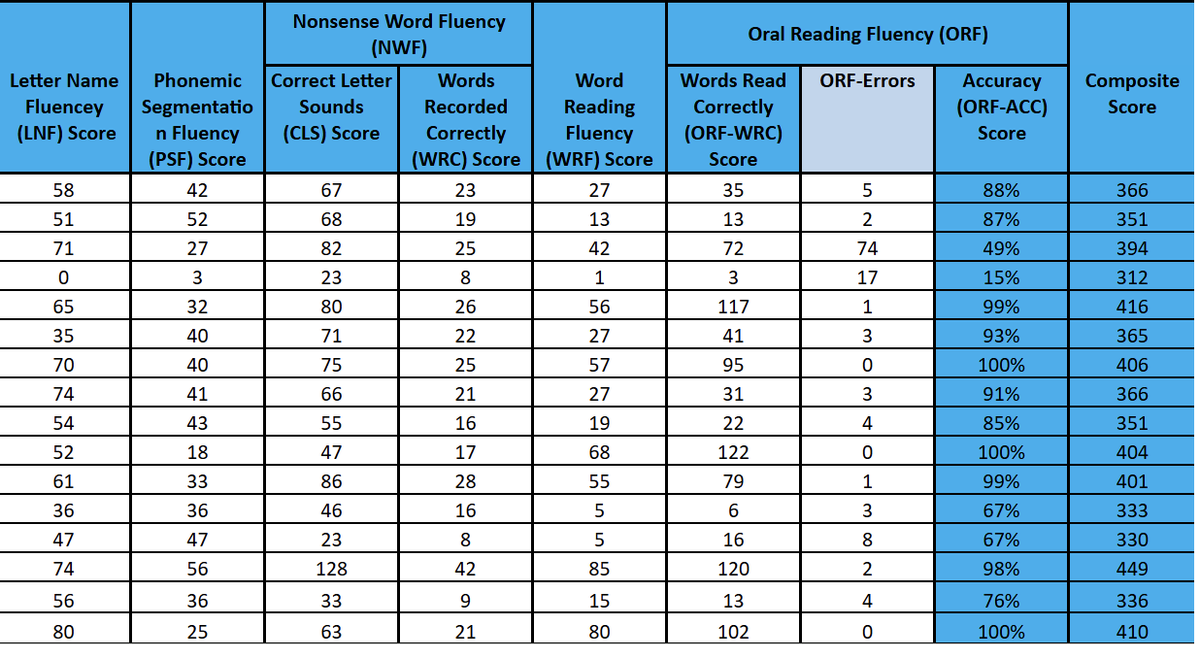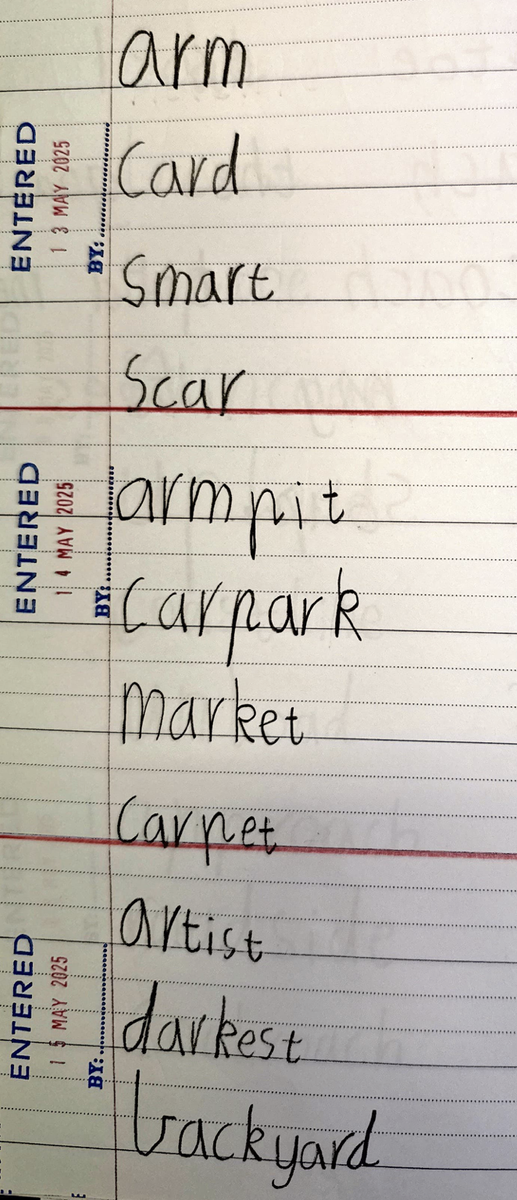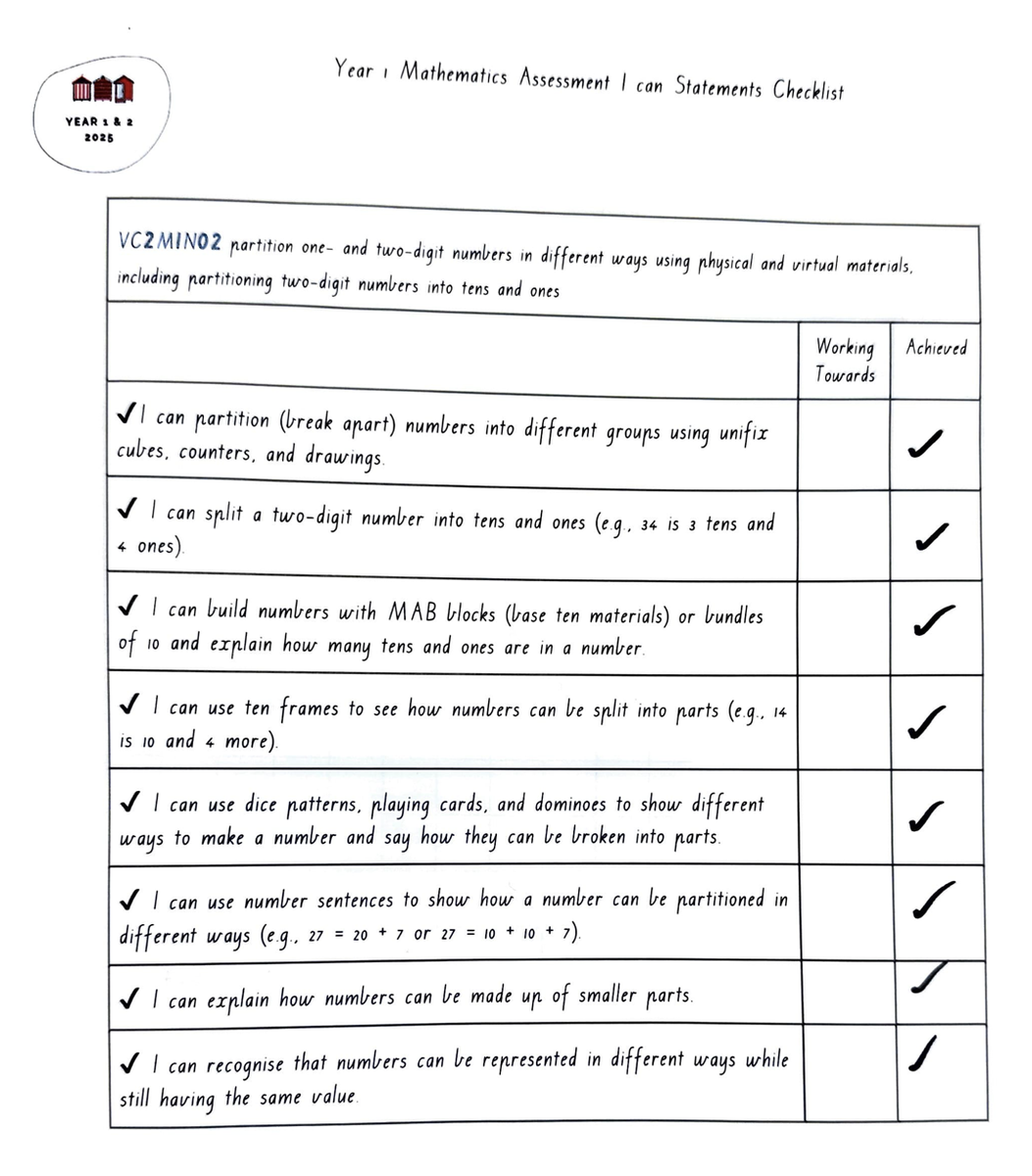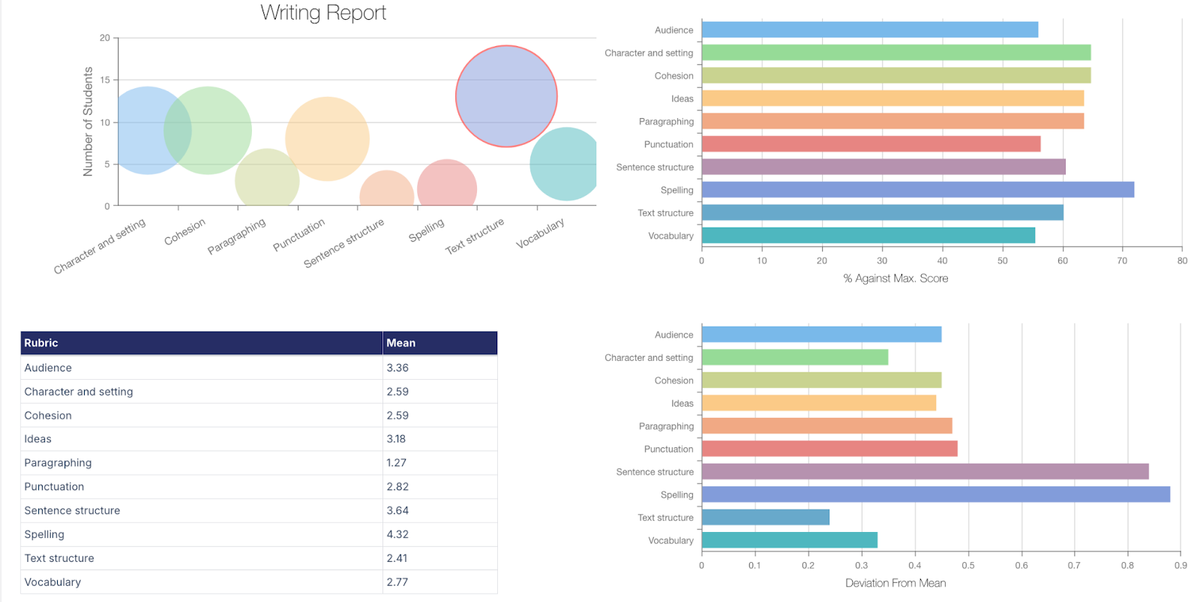Curriculum

Across the school, there are a number of ways in which teachers track learning growth and use this data to respond to student’s different learning needs. Our teachers are experts in collecting and understanding student data to ascertain learning attainment and future learning throughout a lesson, unit study, semester and year - below is a snapshot into some of these ways.
Prep
Prep relies on the daily interactions that take place with students to anectdotally collect data to inform a learning sequence. Teachers use formative assessments such as anecdotal notes, photos, and work samples collected during structured and unstructured activities to monitor progress in key areas like oral language, early literacy, numeracy, and social development. Tools such as checklists, developmental continua, and one-on-one conferencing provide valuable insights into each child’s learning journey and creates the opportunity for verbal feedback and in the moment correction. Assessments are embedded in everyday routines, ensuring they are non-intrusive and aligned with the developmental stage of young learners, while also informing next steps in teaching and supporting individual growth.
Year 1/2
The Junior team closely monitors student learning growth through continuous assessment practices embedded in our daily teaching.
In Mathematics, we use 'I can statement' checklists aligned with our spiralled curriculum to track progress over time, allowing students to revisit concepts and demonstrate growing proficiency across the year.
In English, formative assessment is embedded within our structured, synthetic phonics instruction, where students practise decoding, encoding, and spelling words aligned to the weekly sound focus. These spelling tasks are recorded in individual spelling books to track application and progress over time. A Grade 1 Phonics Check is completed annually to track recognition of letters and sounds. Comprehension is assessed through ongoing small-group and 1:1 conferring to ensure students are developing deeper understanding as readers. Regular DIBELS assessments support ongoing monitoring of letter-sound knowledge, segmenting, blending, high-frequency word recognition, and reading fluency. Comprehension is assessed through ongoing small-group and 1:1 conferring to ensure students are developing deeper understanding as readers.
The image below demonstrates the data collected from the DIBELS assessment, which teachers use to best support your child’s reading progress.
Year 3/4
In the Three Four Hub, we continuously monitor the progress and growth of our students in each area of the curriculum. There are three main ways to assess students' progress, Assessment of learning (AoL), Assessment for learning (AfL) and Assessment as learning (AaL).
In Mathematics, we assess the Assessment of Learning through their book work, twice annual PAT testing and weekly Blitzmaster tests, which assess number fact recall. We input the student data into a spreadsheet and code attainment of concepts, allowing us to closely track our students' success and retention (see image below as example).
In English, our tightly structured literacy block involves regular teacher checks for understanding, used as a form of Assessment for Learning - directing areas of focus and intervention. Students engage teacher conferences, peer driven activities and intervention opportunities that give students feedback for next step learning. Our Spelling Mastery program conducts spelling tests every 10 lessons, to ensure that concepts taught have been retained in the students' long-term memory.
Year 5/6
Across P-6 student learning growth is monitored in a number or ways. Formative assessment opportunities are embedded in English and Maths lessons, with students being given the opportunity to demonstrate their understanding of concepts through Daily Review (a 5 - 10 minute component of the lesson where previously taught concepts are revised in a short sharp manner), the use of whiteboards to check for understanding and exit notes at the end of a lesson.
In the senior years, summative assessments, including annual PAT testing, NAPLAN (Grade 5 only) and assessment tools from the department’s Digital Assessment Library also support teachers to make judgments about student learning growth.
The Elastik WriteMark platform is being used to track student progress in writing. Work samples can be uploaded to the platform and analysed on an individual student, class or cohort basis to identify strengths and areas for improvement across all writing skills. Assessing writing pieces against the same criteria and being able to store them in a central location enables teachers to track student learning growth more efficiently and cater for individual learning needs. This data further informs curriculum planning so that the explicit teaching focus of a unit or lesson reflects the needs of the students.





